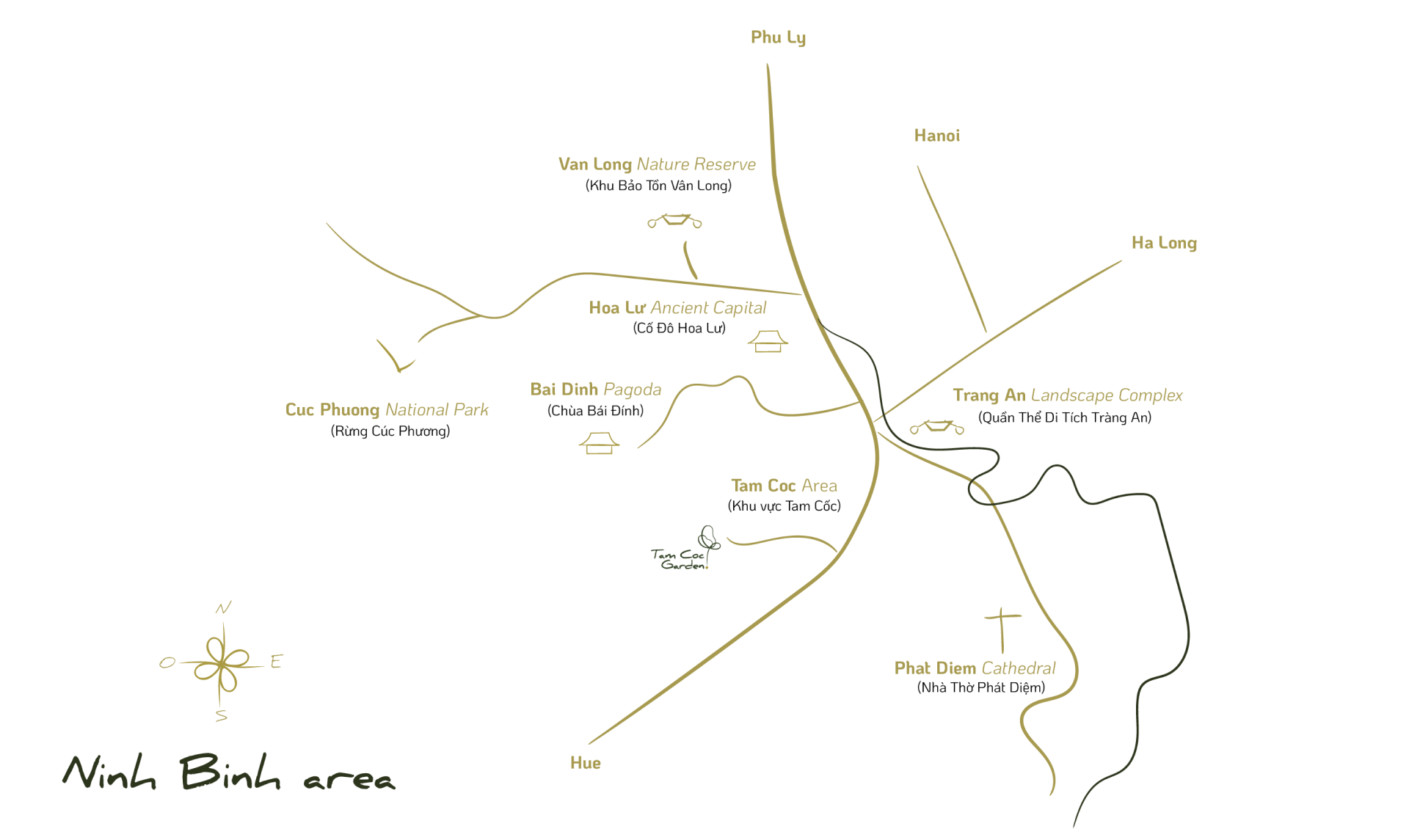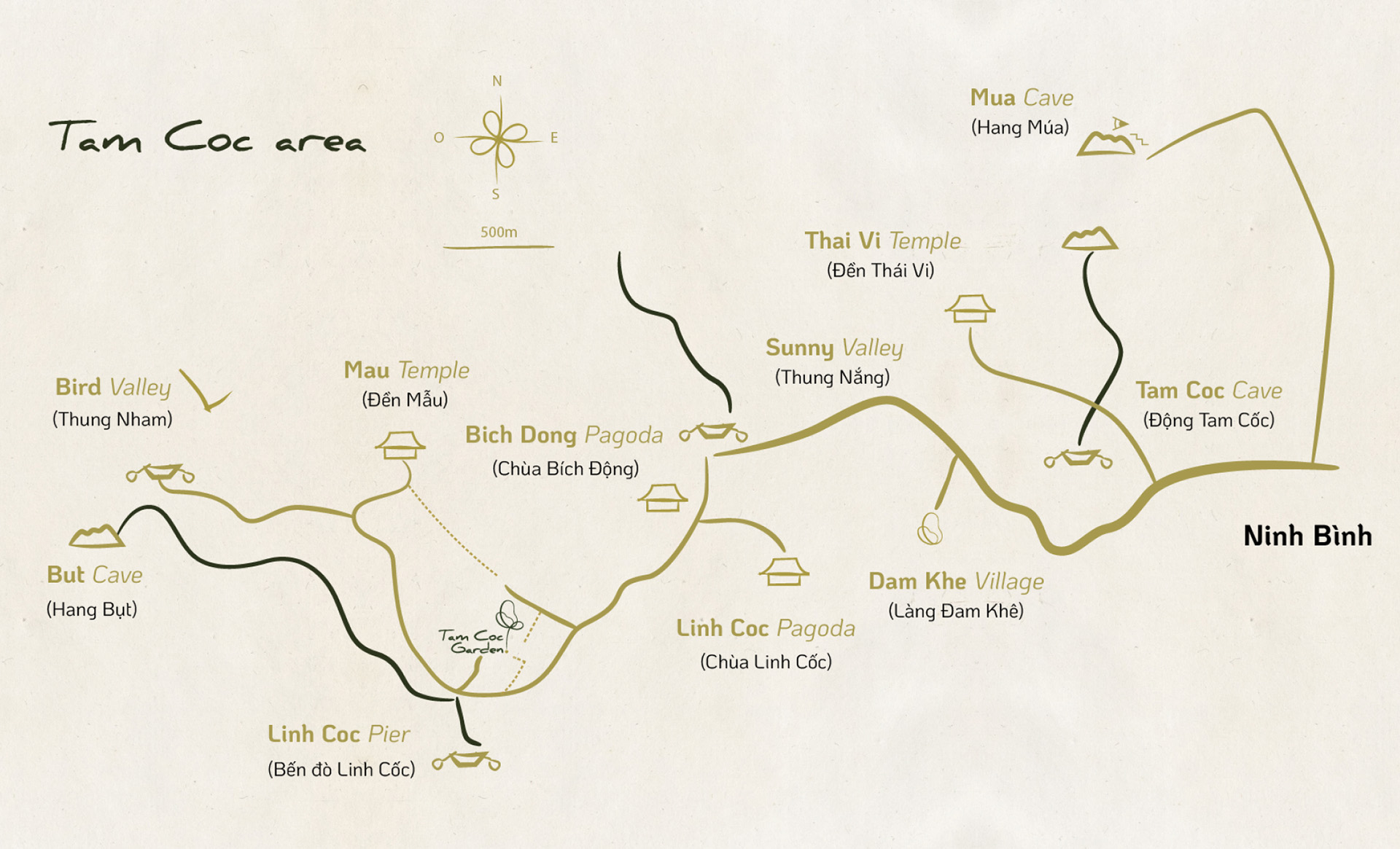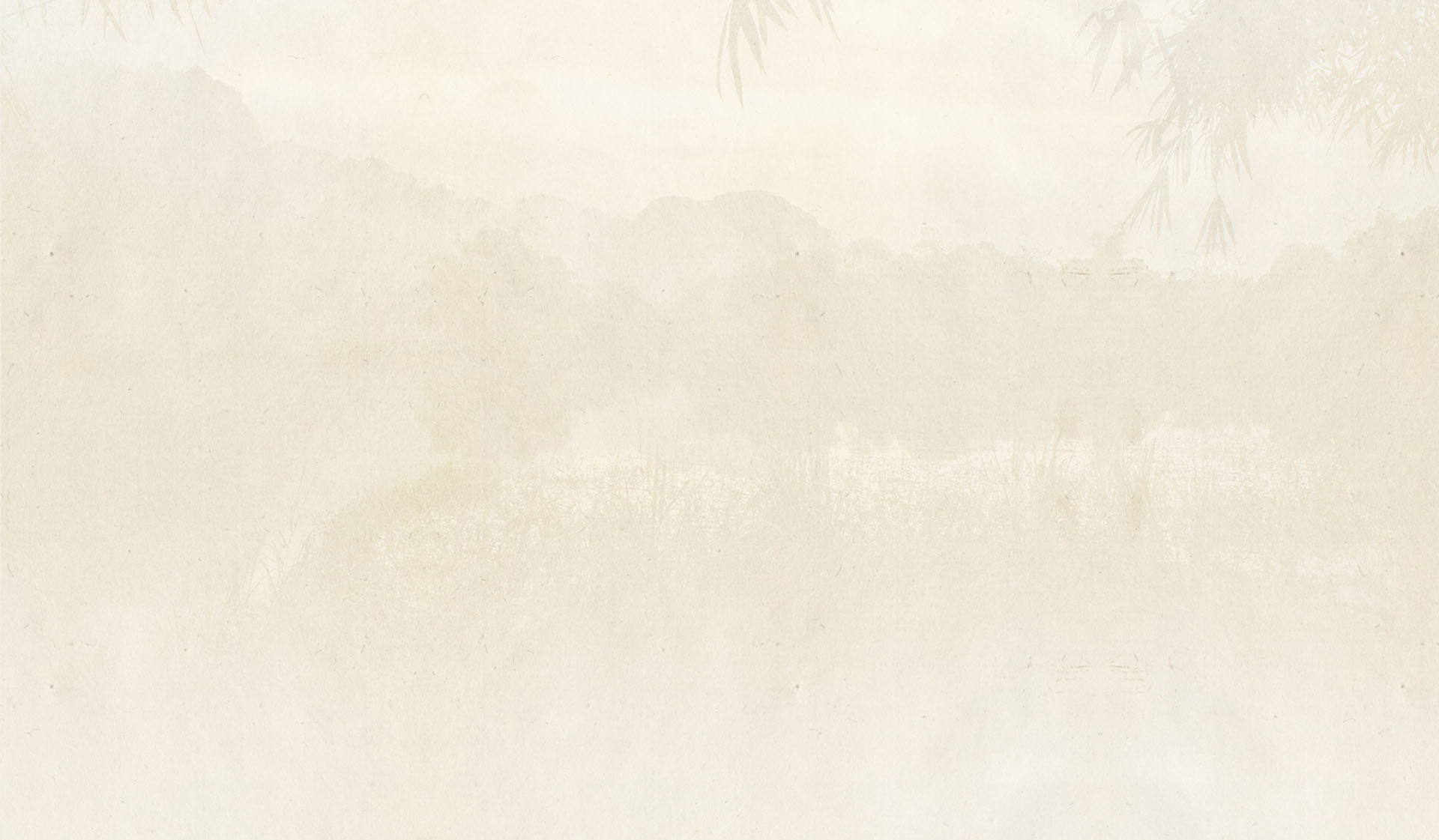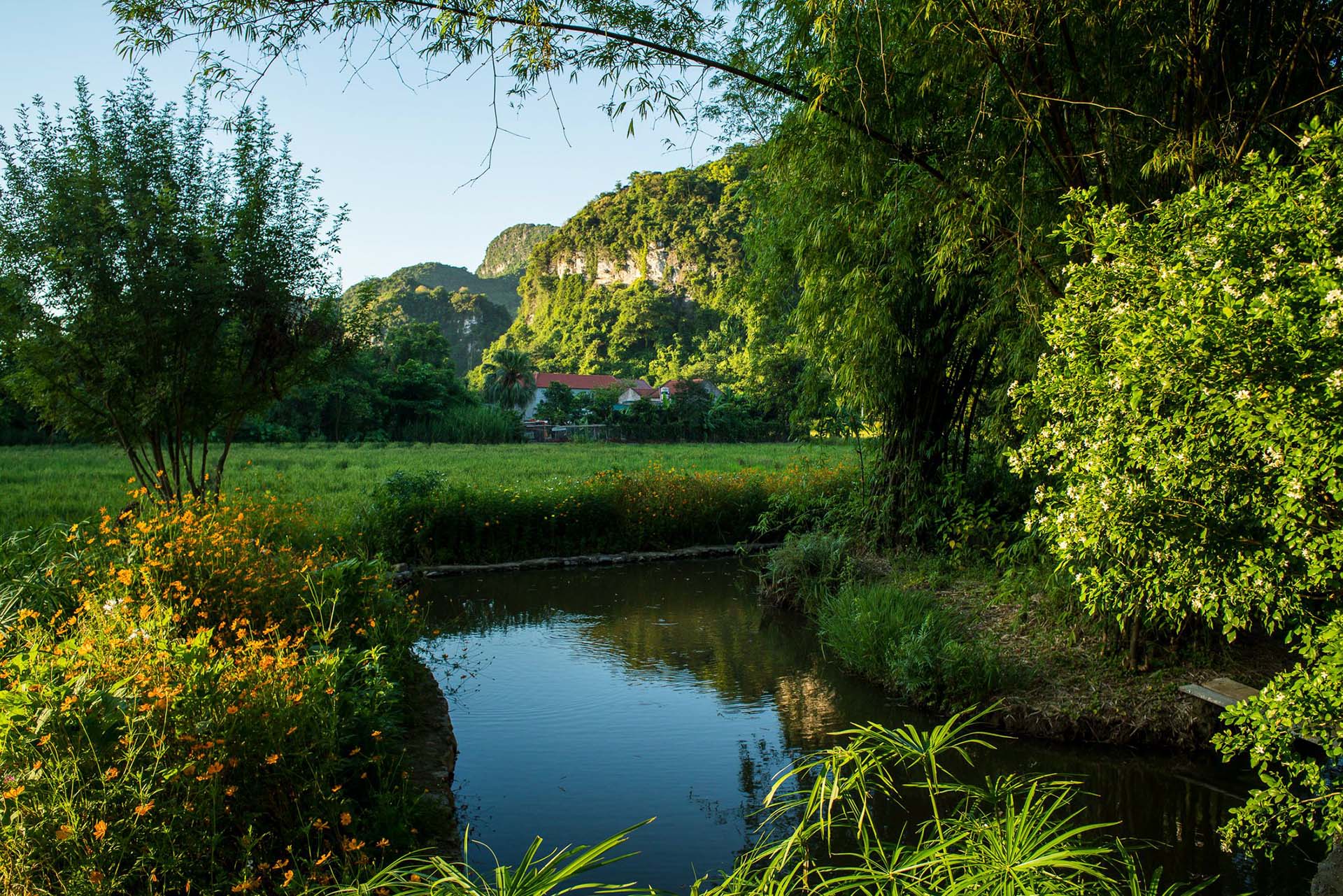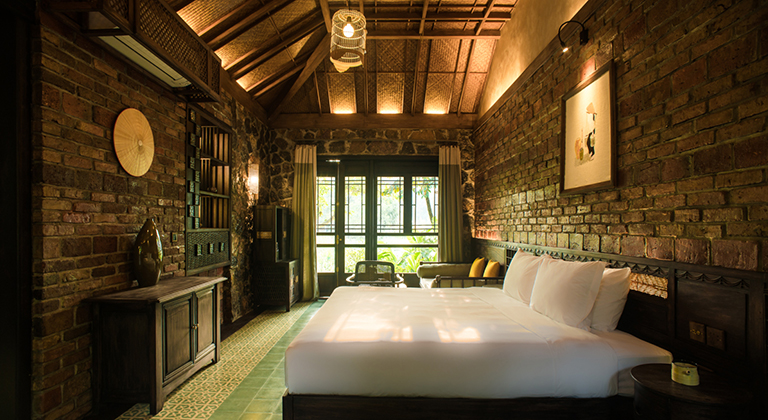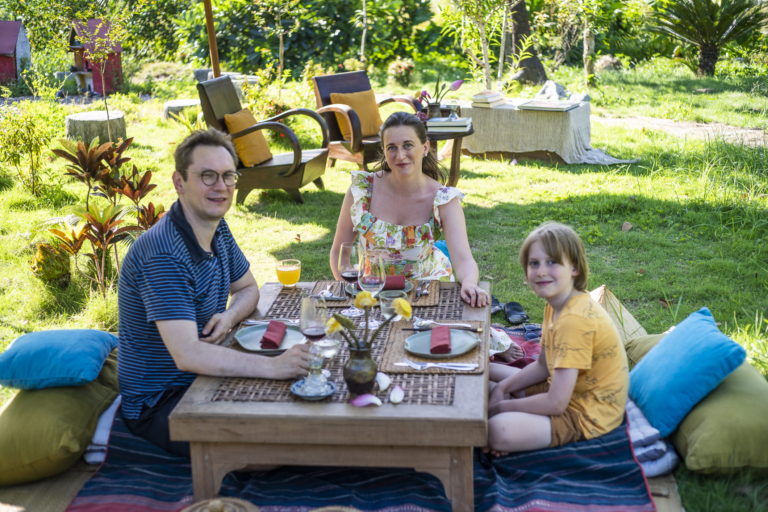Tam Coc Garden is nestled amidst the emerald tapestry of Ninh Binh. Here, the majestic limestone karsts rise like ancient guardians, watching over the surrounding waterways and rice paddies. This landscape has witnessed Ninh Binh’s majestic past unfold throughout the centuries.
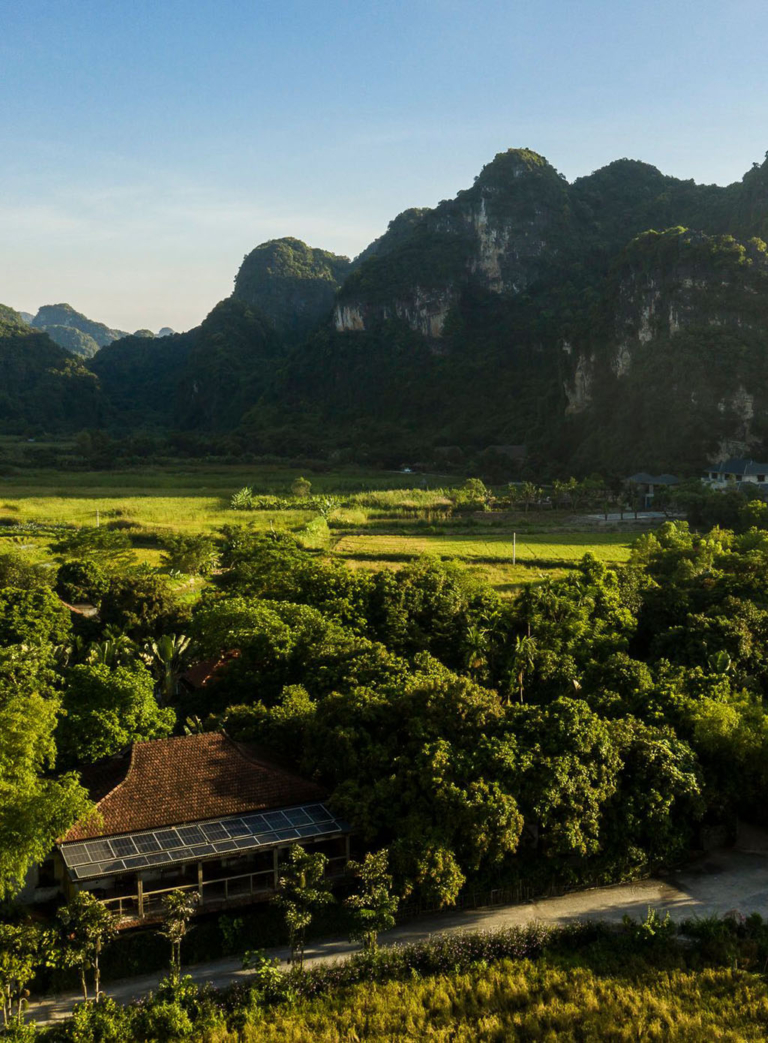
Living stories
Ninh Binh is located within the Red River Delta. Sông Hồng, as the Red River is known in Vietnamese, flows from China to the Gulf of Tonkin. The Delta’s fertile soil has made it ideal for cultivating rice, a crop that has sustained generations and shaped the region’s identity. Historically, Ninh Binh has played a crucial role within the Delta because of its strategic location: it has long been a hub of cultural exchange, economic activity, and political influence.
This legacy can be traced along the region’s network of rivers and canals: discover ancient relics, pagodas, temples and the Hoa Lu Ancient Capital, which once belonged to the Dai Co Viet kingdom. It’s a cultural identity we are very proud of.
Embark on a timeless journey
Immerse yourself in a region shaped by the past, anchored in the present, and gently flowing towards the future. Discover a fascinating blend of history, culture, spirituality, and more.
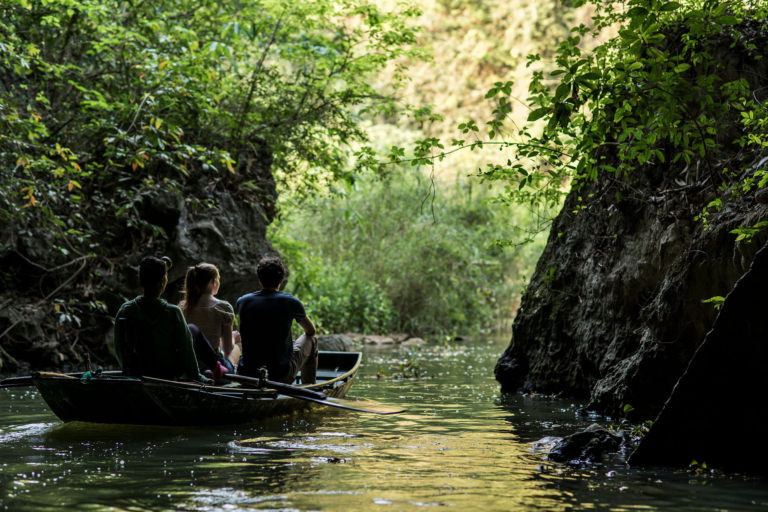
A world at your fingertips
Some of Vietnam’s most iconic attractions are all within easy reach of Tam Coc Garden: visit places of great natural beauty, but also traditional villages, sacred sites, and historical destinations.
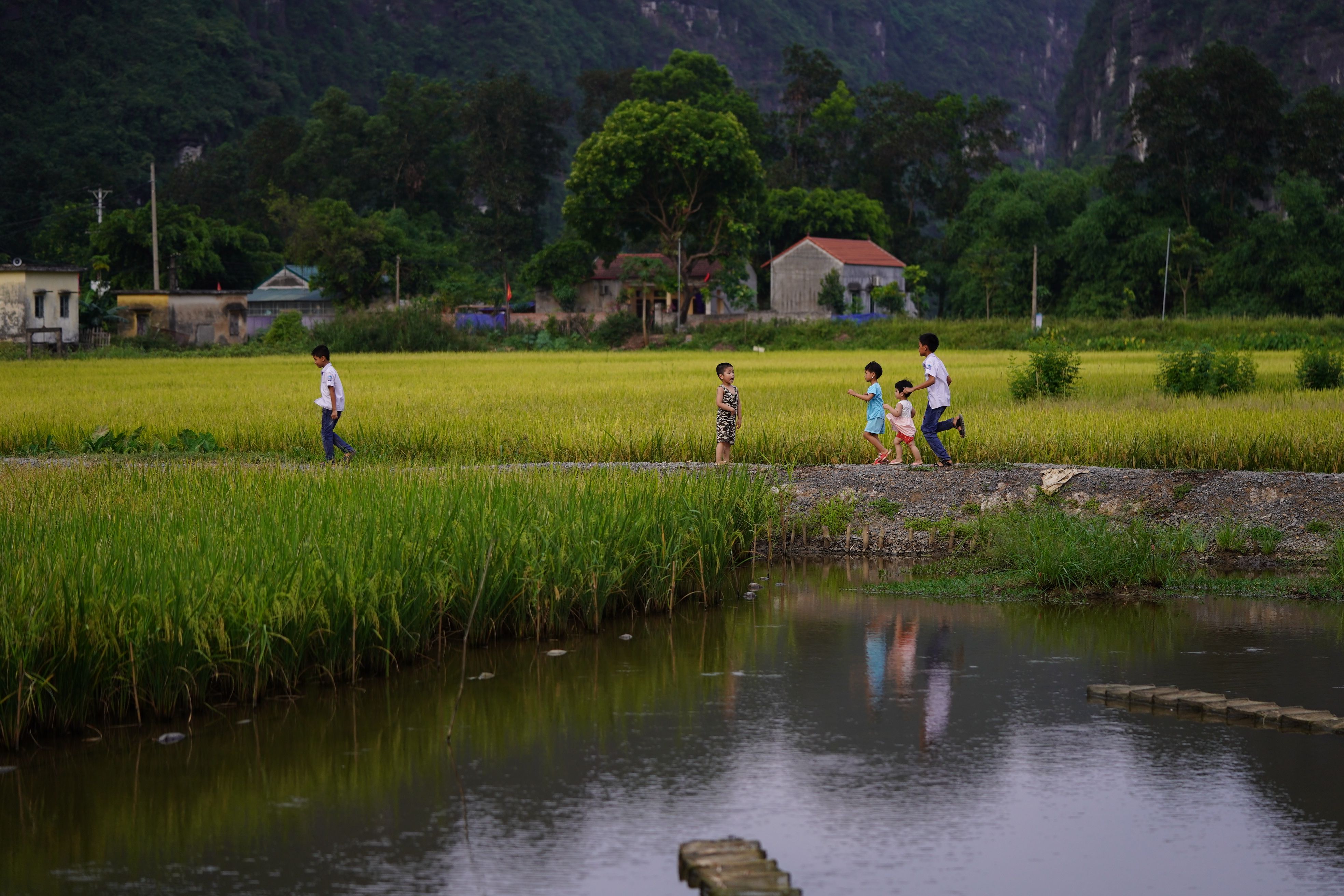
Attractions
